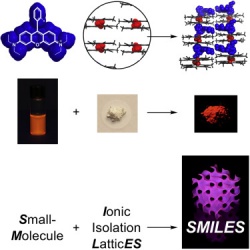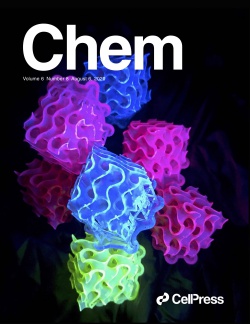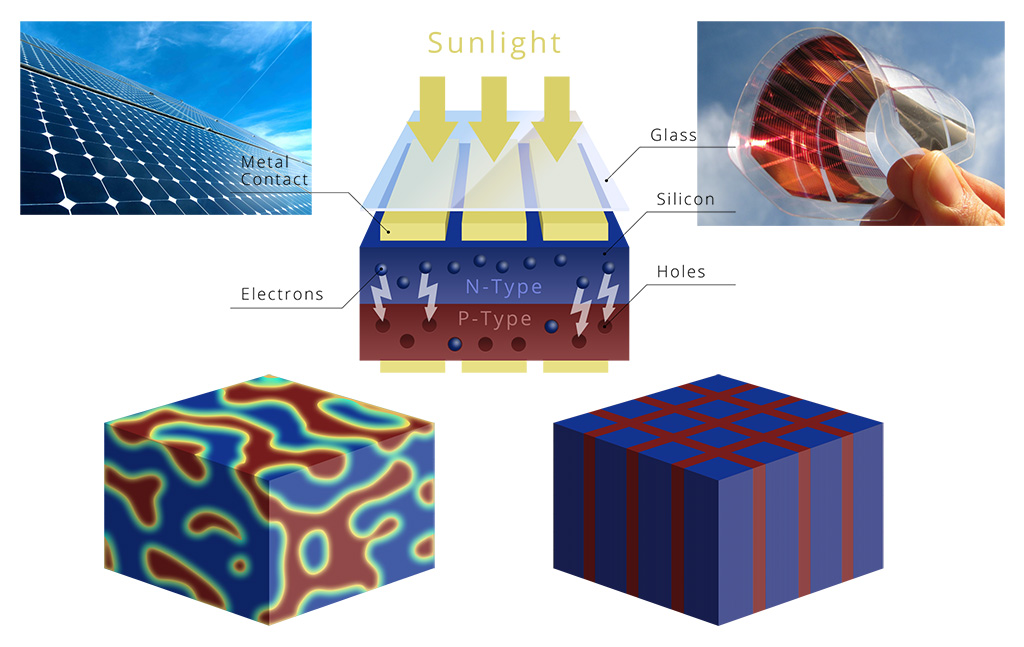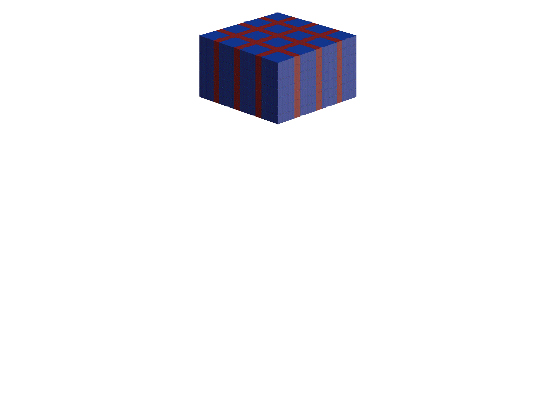SMILES and the Discovery of the Brightest Fluorescent Materials
In 2020, and as a result of the effort to control the hierarchical structure of molecular building blocks, we added dyes and discovered the brightest fluorescent materials ever created. The materials are called small-molecule ionic isolation lattices (SMILES) to reflect their structure and function. SMILES are composed of an ionic lattice of positively charged dyes (e.g., rhodamines) forming by addition of anion complexes of Flood’s cyanostar macrocycles. SMILES materials isolate dyes to decouple excitons allowing optical properties to be seamlessly transferred along a pipeline from solution to solids. The opportunity to program materials is unprecedented but also unexplored. We believe that understanding SMILES will enable the design of advanced optical materials.
Read about the discovery in the scientific article: Chem, 2020, 6, 1978-1997
Have a look at the coverage in the scientific press: Nature, Chemical & Engineering News, New Scientist, Optics and Photonics News
And, it was listed as one of the 2020 Chemistry Stories The Delighted Us by Chemical & Engineering News
Have a look at the popular press: Science Friday on National Public Radio (NPR), Vice, UK paper The Independent, Inverse, ABC Australia, Gizmodo
Deployment of SMILES Materials with Start-up Halophore, Inc.
Learn about the company from the website and this YouTube video made for the 40th Anniversary of the Bayh-Doyle Act.



DMREF Project 2015-2020 Scope
Objective:
Understand how atomic details drive hierarchical assembly of molecular building blocks into patterned organic materials.
Research Focus and Impact:
Mesoscale and hierarchical ordering of flat organic molecules onto graphite is of interest for organic semiconductors, including bulk heterojunctions for organic photovoltaics. Development of the Deductive Multiscale Simulator software will greatly enable computer-aided design (CAD) to accelerate the discovery of organic materials.
Multiscale Thinking is Critical to Our Objectives:
- Microscale: Atomis & Molecular Contacts
- Meso-scale: Supramolecular Assembly
- Macroscale: 3D Patterned Films
Hypotheses:
- Structure precedes function.
- Co-facial contacts direct 3D self-assembly.
- Pade approximants and density fields.
- Edge-edge contacts, shape, and size code for 2D patterning.
Expectations:
Molecular design can be used to control 3D growth and 2D patterning of 10-20 nm domains of p-type and n-type materials.

Work Flow
- Patterned material as design target
- Reverse engineering of molecules using molecular concepts (size, shape, contacts)
- Narrow targets with forward engineering ideas
- Acquire Interatomic Force Fields
- Set up preliminary structure and assembly conditions
- Long time simulations via multiscale MD
- Laboratory synthesis and self-assembly experiments
- Assess predictions in light of experiments
- Close loop and iterate
Major Goals
Develop Multiscale Simulator into a Materials CAD Platform
Our hypothesis, based on our preliminary study showing experimentally verified simulations of monolayer assembly and new multiscale techniques, is that DMS can accelerate discovery of materials by concept-driven virtual experiments.
Innovations in multiscale simulations to be implemented include:
- Density field variables as the course grained CG description in our multiscale factorization algorithm
- Fine-graining scheme based on Pade approximants to recreate the atom-resolved results to be consistent with the advanced CG state (addressing a main limiting factor in our earlier approach)
- Implementing to create the next generation DMS multiscale MD software well-tested for the MGI
CAD of Molecules to Assemble in 3D
Determine the rules that allow molecular materials to grow into multilayers at solution-solid interfaces.
Our hypothesis, based on our strong preliminary studies showing hierarchically organized multi-layer self-association and molecular alignments can direct 3D growth.
CAD od 2D Molecular Patterning
Determine how to self-assemble hierarchically ordered two-component mixtures into 2D-domains on surfaces.
Our hypothesis, based on our preliminary studies that hydrogen-bonds direct the formation of 6-membered rosette titles on graphite surfaces, is that two components can be rationally self-assembled by extending the rules of 2D crystal engineering to "tiles tiles."
Target: Establish design rules for patterned assembly of binary mixture into patterns with 10-20 nm domains.
Example of Design Target
From Bulk Heterojunction by Spinal Decomposition to Patterned Nanostructure by Molecular Self-assembly.

Organic Photovoltaics from (a) bulk heterojunctions of n-type and p-type materials allow stato-of-the-art efficiency in modern organic solar cells.
A concept for hierarchical organic material design is (b) an ordered junction system with 10-20 nm features sizes to optimize quantum yield.



